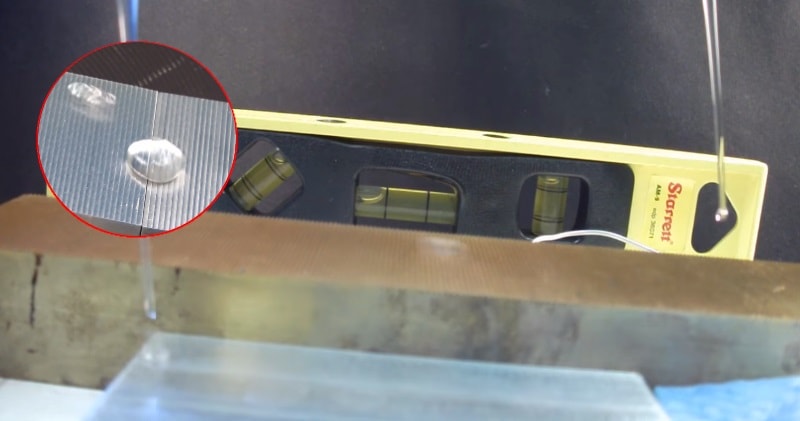In the Leidenfrost Effect, a water droplet will float on a layer of its own vapor if heated to certain temperature. This common cooking phenomenon takes center stage in a series of playful experiments by physicists at the University of Bath, who discovered new and fun means to manipulate the movement of water.
source/image: SciFri
Researchers test ridged surfaces in order to control the movements of hot water.If you place a liquid onto a hot surface that is below the boiling point of the liquid (100 degrees Celsius for water), the liquid will bubble away and slowly evaporate.
If you increase the temperature to slightly above the boiling point, the liquid evaporates rapidly. However, if you increase the temperature even more, exceeding the Leidenfrost point, this cool phenomenon called the Leidenfrost effect comes into play.
Advertisement
This occurs when the surface temperature is so hot that it generates a thin layer of vapor that lies between the surface itself and the liquid. This causes the liquid to become insulated, and slows down the evaporation.











